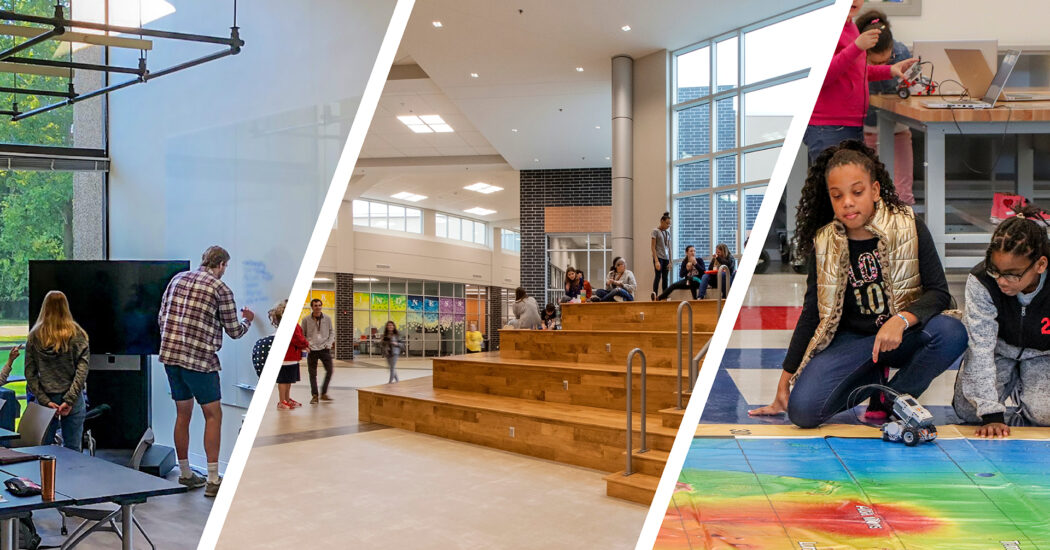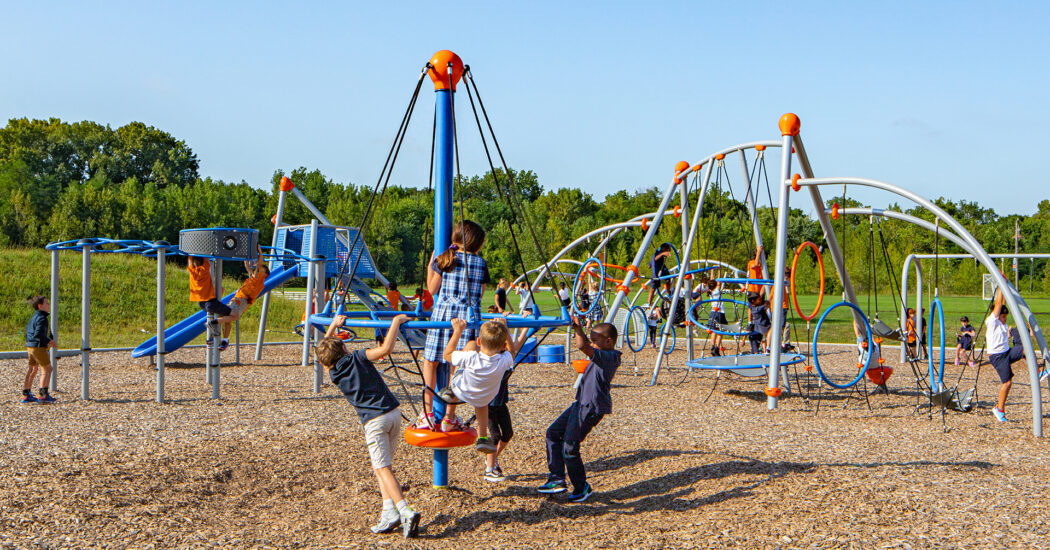Using HVAC to Help Prevent the Spread of Illness
-
Category
Innovation -
Posted By
Eric Broemel -
Posted On
Apr 15, 2020

COVID-19 is transmitted through saliva droplets from the mouth and nose. These droplets are released by coughing, sneezing, or speaking. It is possible for them to remain in the air for hours and potentially be transmitted through ventilation systems.
Your HVAC system is one tool you can use to reduce the spread of COVID-19 and other pathogens among your building’s occupants. Having an HVAC system designed specifically for the use of your building and occupancy levels—and operating and maintaining it properly—can go a long way in improving air quality and health.
The American Society of Heating, Refrigerating and Air-Conditioning Engineers (ASHRAE) has developed detailed information to help organizations prepare their systems and staff, including specific advice for responding to COVID-19 concerns in K-12 schools and universities. All of this information, which is continuously updated, can be found at the main ASHRAE COVID-19 page.
A few areas to keep in mind to help reduce the spread of illness:
Removing Contaminated Air
We can help prevent the spread of pathogens within a facility by systematically diluting contaminated indoor air with clean outdoor air. This means increasing the level of outdoor air your HVAC system is bringing into the building. If you have a demand-controlled ventilation (DCV) system, disable it during this time.
Because of the impact on thermal comfort of the space, the exact level of outdoor air you can bring in may be subject to current weather conditions and the capacity of the equipment you have installed. Also be sure to monitor humidity levels, which should remain between 40 and 60 percent.
If your facility will be vacant for a period of time, meaning occupant comfort is not a concern, it can be wise to “flush” the space with large amounts of outdoor air. Over a holiday break or long weekend, for example, set outdoor air levels as high as 100%, allowing the system to replace all the air in the building and removing any pathogens. It is typically best to do this on a cool morning rather than in the heat of the day.
If you are in the market for a new HVAC system, we often recommend Dedicated Outdoor Air Systems (DOASs) to improve indoor air quality. These systems uncouple the heating and cooling function of an HVAC system from ventilation, allowing the system to bring in more outdoor air and increasing dilution capabilities.
UV Radiation to Kill Germs
Ultraviolet germicidal irradiation (UVGI) can be used in air handling units to kill bacteria, viruses, and some molds with UV radiation. Traditionally used in healthcare settings, UVGI technology has become more popular in schools, airports, and other types of facilities where illness can easily spread.
If your system has UVGI cleaners, turn them on during high-risk times, particularly on units that serve spaces like waiting rooms, restrooms, cafeterias/food prep areas, classrooms, and clinics or nurses stations. Air handling units can also be retrofitted with UVGI if they were not originally designed with this capability. Work with your engineering partner to ensure UVGI technology is safely integrated into your system to prevent radiation exposure to occupants and those who service the systems.
Portable UV units are also available. These are most often used in hospitals to clean the air in a room known to be contaminated with pathogens such as MRSA.
Proper HVAC Maintenance
One of the best and simplest things you can do to keep your building healthy and prepared for outbreaks is ongoing HVAC maintenance. It is easy to miss small things like broken fan belts, malfunctioning fan motors, and control overrides, which can impact system effectiveness.
Specific maintenance needs will vary based on the system(s) you have, but general preventative maintenance should include:
- Regularly replacing air filters, typically every 3-6 months
- Checking belts to make sure they are functioning and in good shape
- Checking drip pan and drain lines for signs of blockages
- Verifying exhaust fans are running, especially during flu season
- Scheduling seasonal tune-ups by a commercial HVAC technician (spring for cooling, fall for heating)
Replacing air filters with MERV 13 filters is also recommended when and where possible. These provide the best protection against COVID-19.
Remember that these measures only help to reduce the likelihood of spreading illness among your building’s occupants. They do not eliminate the risk. Coupling good HVAC practices with guidelines set forth by the Centers for Disease Control and Prevention (CDC) and other health organizations will keep your facility as safe as possible.







